
Patrick Cox, a confidant of Noble Prize winning scientists and top biotech CEOs.
Patrick Cox calls it flipping the demographic pyramid. And as he explains it, the effect and extraordinary consequences slowly sink in. The western world and parts of the developing world are rapidly aging while birth rates globally are plunging.
Simply put, this means there are fewer young people to support a growing population that is living longer, but not necessarily healthier lives. The costs of providing healthcare to this burgeoning population is threatening to bankrupt governments across the world.
Cox says there is a solution. And it does not involve giving workers time off and paying them to have sex, in the hopes they will sire more young children, like the Swedish town of Övertorneå has recently proposed.
As tempting a solution as that might be, there is a better way according to Cox. A biotech insider and publisher of both a free and an investment-level newsletter, Cox has become one of the most esteemed and respected reporters on the rapidly transforming world of biotech and its implications for aging and population economics.
Over the years Cox has become a confidant of biotech CEOs and Noble Prize-winning scientists. He’s written extensively on what he’s learned for USA Today, Forbes and the Wall Street Journal among others. And he’s been a sought-after guest on programs like CNN’s Crossfire.
In our free roaming conversation Cox explains the rapidly changing global demographic shift and offers a startling fix.
Increase healthspans, he says, so that aging populations can remain healthy and active longer and their societal impact can be mitigated by prolonged productivity.
He also delves into a new class of drugs called rapalogs that you’ll surely be hearing more about in the near future. He talks about the supplements he’s taking and his exercise regime. And he gives us new insights into the powerful benefits of fasting.
Cox was a delight to interview and I hope you enjoy and benefit from the conversation as much as I did.
If you enjoy this episode, please take a moment and give it a rating on iTunes. I know this is a big ask but it really helps to get great guests. And it also makes the show more visible to others who might like to join us in aging stronger. Thanks in advance!
Show Notes & Resources
Use Patrick Cox’s free Tech Digest to keep up-to-date on biotech developments. It’s a great read and an amazing free resource.
Transformational Technology Alert, Patrick Cox’s industry insider’s guide to cutting-edge biotech company and product information. A real value, especially if you are or want to become a biotech investor.
Poem, read by Dylan Thomas, Do Not Go Gentle Into That Good Night (discussed with Patrick prior to recording of podcast). His poems.
Warren Thompson’ Population Problems
The global impact of increasing lifespans and dangerously low and continually decreasing birthrates on the U.S., Japan, Ireland, Singapore, Portugal, most of Scandinavia, Germany and France.
The U.S. experienced it’s lowest fertility rate in history in 2016.
The implication of ‘Peak Babies’ to the developed world.
India’s population is still growing but for only another 15 years or so.
How this affects what economists call the ‘Dependency Ratio’ i.e. how many working people are contributing to the economy versus those considered dependents.
What’s really driving the increase in health care costs?
Why with the Dependency Ratio declining we’re ‘pretty much hosed’ unless we fix this problem.
Why Patrick is skeptical that Trump will be able to increase revenues to offset projected increases in medical costs.
The two-part solution to this problem.
Heritage Foundation predictions that all these systems (Social Security and Medicare) will go bankrupt.
Why social benefit costs are unsustainable and will lead to a national and global fiscal crisis.
The implications of being in the 21st century with a 19th century health care model.
Why treating disease is no longer the best option.
Nir Barzilai, MD at the Albert Einstein College of Medicine
The study of Metformin as an anti-aging compound
Geroprotectors, compounds that delay the onset of age-related disease.
Why drug companies have no economic interest in seeing such studies go forward.
Brian Kennedy at the Buck Institute
Will Metformin show a slowing of biomarkers that represent aging?
Intrestingly, Metformin is not the most effective aging protector known
Promising compounds that not only slow aging but in older animals provide rejuvenation.
The change in how aging is being viewed by bio-gerontologists.
Is aging really non-reversible cellular damage?
How this view among leading scientist has changed.
How systems failures lead to what we call aging.
Rapamycin discovery.
Use of Rapamycin for organ transplants.
How Rapamycin increases healthspan by about 15 percent in animals.
The difference between longevity and healthspan and why this is an important distinction.
What is the goal of biogerontologists?
The role of genes in being what’s called a super-ager.
The cholesteryl ester transfer protein and longevity
How the expression of just one gene can protect from Alzheimer’s, heart disease, and other disorders associated with aging.
How this could be a solution to our national health care problems.
Patrick’s grandmother and the trajectory of her health.
Oliver Wendell Holmes poem, The Deacon’s Masterpiece and how it relates to healthspan
Half of all health care expenses are spent at the end stages of life.
How traditional preventative medicine actually raises health care costs.
How geroprotection is different and how it can save health care.
What is on the horizon regarding the use of Rapamycin?
Novartis and what the Buck Institute is doing.
Spinoff Mount Tam Biotechnologies
Getting the benefits of Rapamycin without the side-effects.
Why they are not focusing on anti-aging but are looking at lupus instead.
Hopes for the next FDA chief.
Patrick Cox article in Forbes on how next biotech chief could revolutionize the industry and save the economy.
The FDA candidates
Japan’s move forward for progressive approval for regenerative medicine.
The impact progressive approval could have on how quickly a new drug gets to market.
Why including genetic engineering and not just stem cell research is important.
The 23 year old bio-technology that is restoring spinal injury patients to health.
Dr. Michael West, the father of regenerative medicine.
What happens when you give Rapamycin to an older animal, like the equivalent of a 65-year-old mouse?
The two major coming revolutions: geroprotection and age-reversal.
Salk Institute’s successes at cellular age reversal.
The profound potential social disruption of age reversal.
How quickly will such drugs become available and useful to those of us who are in our 60s or older?
Under appreciated importance of Vitamin D
GrassrootsHealth, a Vitamin D resource service
What is Patrick doing personally to slow down the aging process?
Why he takes Nicotinamide Riboside
The role mitochondria play in aging.
What CoQ10 and Oxaloacetate do in terms of aging
How does Patrick decide on whether to take drugs that are not yet on the market?
Anatabine Citrate, its effect and why it was taken off the market.
Roskamp Institute
Why does Patrick fast?
Dr. Valter Longo’s research on fasting
The fasting mimicking diet
Implications for athletes.
Our two genetic states, feast and famine.
The problem with the ketogenic diet.
What we can learn from evolutionary biology.
How this could work as a co-therapy for cancer patients.
How the fasting mimicking diet differs from intermittent fasting.
The potential impact of a fasting mimicking diet on cancer.
Patrick’s personal dead lift record (set on the day of our interview).
How strength training improves cognition and neurogenesis.
The Barbell Prescription: Strength Training for Life After 40 by Dr. Jonathon M. Sullivan
Patrick’s new book: The Methuselah Effect: How the Trend Toward Longevity is Accelerating… And Soon will Turn your World Upside Down
The single biggest potential disruptive effect on human history is not AI, but the possibility of age reversal.
The Buck Institute as a healthspan resource.
Almost everything you learned in college about human biology has been proven wrong.
Why Patrick is a huge advocate of first person shooter video games.
The end of mortality as we know it? And why we need to start thinking about that possibility now.





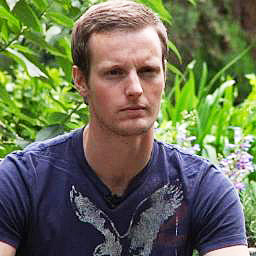
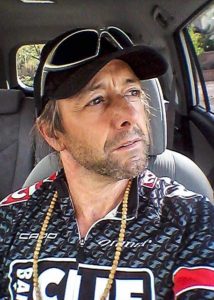 He’s not an ordinary athlete. When Outside magazine featured Steve Ilg on their cover in May of 1992 he became both famous and infamous. The cover, as Ilg laughingly admits, was later voted by readers as one of Outside magazine’s least favorites. Maybe it was the finely coiffed mullet he sported or the cover’s brash title, claiming he could break you. Maybe it was the unsettling look of serene confidence on his face.
He’s not an ordinary athlete. When Outside magazine featured Steve Ilg on their cover in May of 1992 he became both famous and infamous. The cover, as Ilg laughingly admits, was later voted by readers as one of Outside magazine’s least favorites. Maybe it was the finely coiffed mullet he sported or the cover’s brash title, claiming he could break you. Maybe it was the unsettling look of serene confidence on his face.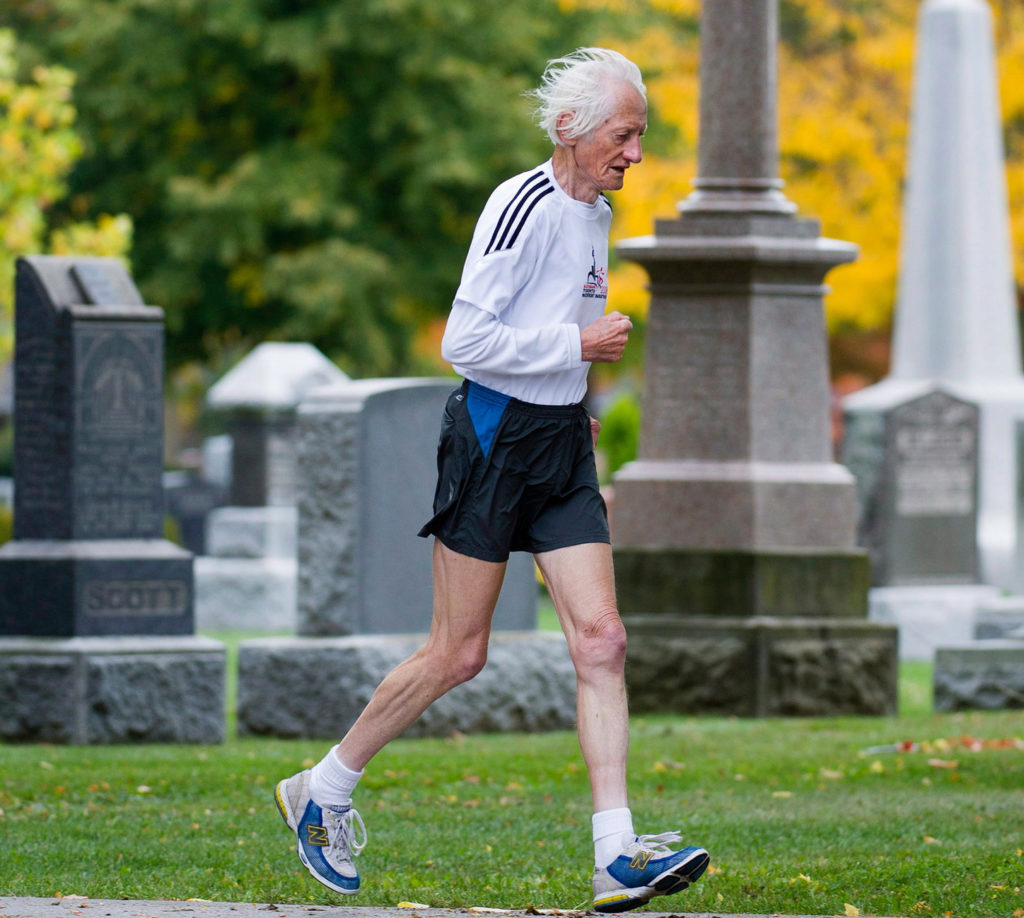

 Turns out a number of folks who have listened to the podcasts (thank you, btw) would like to leave iTunes reviews and are not sure how to do that.
Turns out a number of folks who have listened to the podcasts (thank you, btw) would like to leave iTunes reviews and are not sure how to do that.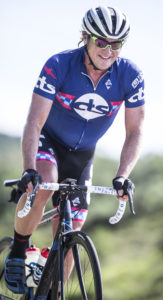

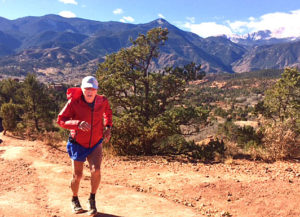

Woah! I’m really loving the template/theme of this blog.
It’s simple, yet effective. A lot of times it’s hard to
get that “perfect balance” between superb usability
and visual appearance. I must say that you’ve done a superb job with this.
In addition, the blog loads super fast for me on Firefox.
Outstanding Blog!
Very nice post. I simply stumbled upon your weblog and wished
to say that I’ve truly enjoyed surfing around your weblog posts.
After all I’ll be subscribing in your feed and I’m hoping you write once more soon!
Good day I am so thrilled I found your website, I really found you by error, while I was searching on Google for something
else, Nonetheless I am here now and would just like to say
kudos for a incredible post and a all round entertaining blog (I also love the
theme/design), I don’t have time to look over
it all at the minute but I have book-marked it and also added in your
RSS feeds, so when I have time I will be back to read a great deal more,
Please do keep up the superb jo.